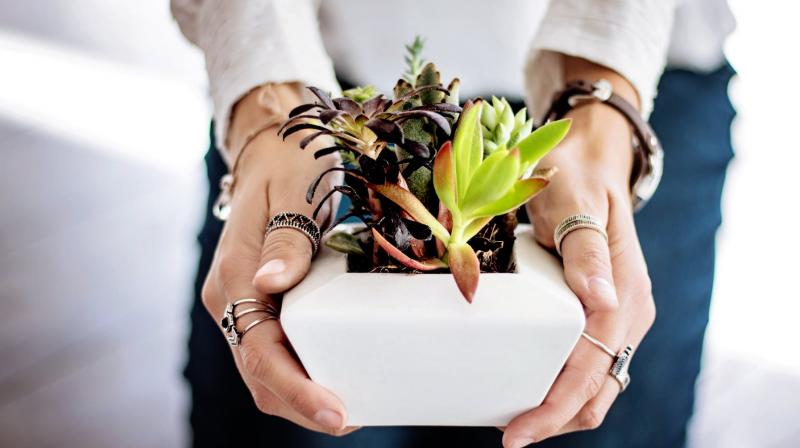Indoor plants of the future could be genetically engineered to serve as subtle alarms that when the environment inside our house becomes unhealthy, scientists say.
In a study, published in the journal Science, researchers explore the future of houseplants that are aesthetically pleasing and functional sirens of home health.
This is not the first time that plants have been proposed as biosensors.
Researchers from University of Tennessee in the US point out that to date several environmentally relevant phytosensors have been designed by using biotechnology.
In fact, what was once known as genetic engineering has grown into a whole field of study called synthetic biology, which is the design and construction of new biological entities or systems.
Several environmentally relevant phytosensors have been designed by using biotechnology, researchers said.
In fact, what was once known as genetic engineering has grown into a whole field of study called synthetic biology, which is the design and construction of new biological entities or systems.
Several studies involve the engineering of plants to react to certain conditions, like the presence of too much or too little nitrogen.
Such plants “glow” when viewed with specifically designed filters. Once this technology is commercialised, it may allow farmers of the future to adjust their management plans accordingly.
“Through the tools of synthetic biology it’s possible for us to engineer houseplants that can serve as architectural design elements that are both pleasing to our senses and that function as early sensors of environmental agents that could harm our health, like mold, radon gas or high concentrations of volatile organic compounds,” said Neal Stewart, a professor at University of Tennessee.
Plant biosensors could be designed to react to harmful agents in any number of ways, such as gradually changing the colour of their foliage or through the use of fluorescence.
“They can do a lot more than just sit there and look pretty. They could alert us to the presence of hazards in our environment,” said Stewart.
Architectural design elements like “plant walls” might best serve as environmental monitors while also serving our innate need to connect with nature even while indoors.
Researchers have plans to bring their ideas from the lab to future blueprints and ultimately to our homes, schools, hospitals and offices.




 Driving Naari Programme launched in Chandigarh
Driving Naari Programme launched in Chandigarh































